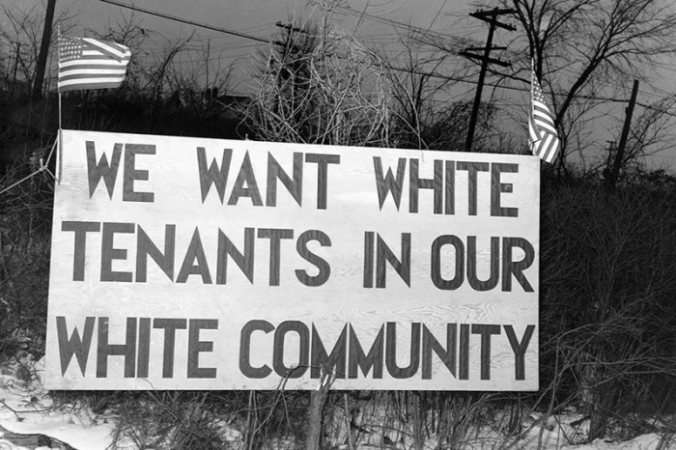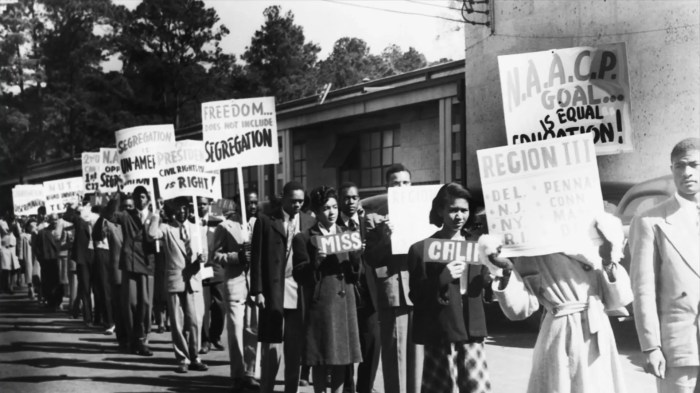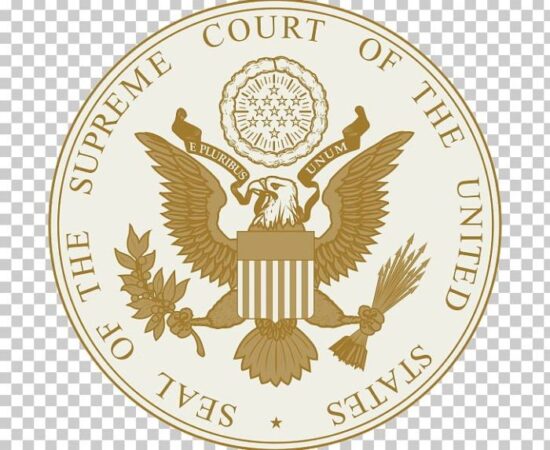
What law helped with runaway slaves? This question delves into the dark history of slavery in the United States, where laws were designed to control and suppress enslaved people. The Fugitive Slave Acts of 1793 and 1850, specifically, played a significant role in shaping the legal landscape for runaway slaves. These laws, enacted by the federal government, aimed to ensure the return of escaped slaves to their owners, even if they had reached free states. The impact of these laws was far-reaching, impacting not only the lives of enslaved individuals but also the broader social and political landscape of the nation.
These acts were a crucial part of the larger system of slavery in America, serving as a powerful tool for slaveholders to maintain control over their human property. They created a climate of fear and uncertainty for enslaved people, making the pursuit of freedom a perilous and dangerous undertaking. The Fugitive Slave Acts also fueled tensions between the North and South, as abolitionists in the North actively resisted the enforcement of these laws, providing safe havens and support networks for runaway slaves through the Underground Railroad.
Historical Context of Runaway Slaves
The institution of slavery in the United States was a complex and multifaceted phenomenon, rooted in economic, social, and political factors. Understanding the historical context of runaway slaves requires examining the forces that shaped the institution of slavery, the legal framework governing enslaved people, and the motivations behind their desperate attempts to escape.
Social and Economic Factors Contributing to Slavery
The development of slavery in the United States was driven by a confluence of economic and social factors. The rise of plantation agriculture in the Southern colonies, particularly the cultivation of labor-intensive crops like tobacco, rice, and later cotton, created a demand for a large and readily available workforce. The availability of enslaved Africans, who were forcibly brought to the Americas through the transatlantic slave trade, provided a solution to this labor shortage.
- Economic Profitability: The high profitability of plantation agriculture, fueled by the unpaid labor of enslaved people, contributed significantly to the growth of the Southern economy and its dependence on slavery. The vast profits generated from crops like cotton, which were in high demand in both domestic and international markets, solidified the economic foundation of slavery.
- Social Hierarchy and Racial Prejudice: The institution of slavery was also deeply intertwined with social hierarchies and racial prejudice. The belief in white supremacy, which positioned enslaved people as inferior and racially distinct, justified the enslavement of Africans and the denial of their basic human rights. This ideology, coupled with the economic benefits of slavery, created a powerful system that was difficult to dismantle.
Legal Status of Enslaved People
The legal status of enslaved people varied across different regions of the United States. While the legal framework surrounding slavery was complex and subject to change over time, some key aspects remained consistent:
- Property Status: Enslaved people were legally considered property, rather than human beings, with no rights or protections under the law. This meant they could be bought, sold, traded, and inherited like any other form of property.
- State Laws: Individual states had their own laws governing slavery, which varied in their severity and specifics. For example, some states allowed for the manumission (release) of slaves, while others made it extremely difficult or even impossible.
- Fugitive Slave Laws: Federal laws, such as the Fugitive Slave Act of 1793 and the Fugitive Slave Act of 1850, were enacted to ensure the return of escaped slaves to their owners. These laws created a legal framework that actively discouraged the escape of enslaved people and made it extremely difficult for them to find freedom.
Motivations for Seeking Freedom
The desire for freedom was a powerful driving force for enslaved people, who risked everything to escape the brutal realities of slavery. The motivations behind these escapes were varied and deeply personal, but they often stemmed from:
- Desire for Autonomy and Self-Determination: The most fundamental motivation for seeking freedom was the desire for autonomy and self-determination. Enslaved people yearned for the right to control their own lives, make their own decisions, and live without the constant threat of violence and oppression.
- Escape from Physical Abuse and Exploitation: The harsh realities of slavery often included physical abuse, forced labor, and the denial of basic human needs. Seeking freedom represented a desperate attempt to escape this brutal system and find a life free from violence and exploitation.
- Hope for a Better Life: The prospect of a better life, even if it was uncertain and fraught with danger, provided hope and motivation for enslaved people to risk everything for freedom. This hope could be fueled by stories of successful escapes, the promise of a better life in free states, or simply the desire for a life where they could be treated with dignity and respect.
Laws Governing Runaway Slaves
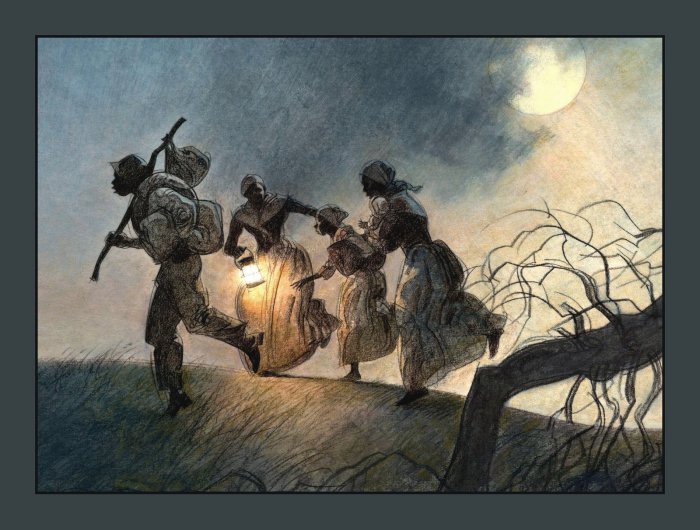
The legal landscape of slavery in the United States was defined by a complex web of laws, many of which specifically targeted runaway slaves. These laws aimed to deter escape attempts, facilitate the capture and return of fugitives, and solidify the institution of slavery. The most significant of these laws were the Fugitive Slave Acts of 1793 and 1850, which played a pivotal role in shaping the lives of enslaved people and the course of American history.
Fugitive Slave Act of 1793
The Fugitive Slave Act of 1793 was passed shortly after the ratification of the Constitution, aiming to address the issue of runaway slaves escaping from one state to another. It mandated that any enslaved person who escaped to a free state or territory had to be returned to their owner.
The act Artikeld several key provisions:
- Return of Fugitives: It required free states to assist in the capture and return of runaway slaves.
- Denial of Jury Trials: The act denied runaway slaves the right to a jury trial to contest their enslavement.
- Financial Incentives: It provided financial incentives for slave owners to pursue their escaped slaves, effectively encouraging the pursuit of runaway slaves.
The Fugitive Slave Act of 1793 faced significant resistance in the North, where many individuals and communities opposed the return of enslaved people to bondage. This resistance manifested in various forms, including the establishment of abolitionist societies and the operation of the Underground Railroad, a network of safe houses and routes that aided slaves in their escape to freedom.
Fugitive Slave Act of 1850
The Fugitive Slave Act of 1850 was a far more stringent and controversial piece of legislation than its 1793 predecessor. It was a key component of the Compromise of 1850, a series of measures designed to appease both the North and the South and avert a potential civil war.
The act’s provisions were designed to significantly strengthen the power of slave owners and further curtail the rights of enslaved people:
- Expanded Federal Enforcement: It expanded the federal government’s role in enforcing the return of runaway slaves.
- Deprivation of Due Process: The act denied accused fugitives the right to a jury trial, and even the right to testify on their own behalf.
- Increased Incentives for Capture: It provided even greater financial incentives for slave catchers, further fueling the pursuit of runaway slaves.
- Punishment for Harboring Fugitives: The act imposed severe penalties, including fines and imprisonment, on individuals who aided or harbored runaway slaves.
The Fugitive Slave Act of 1850 had a profound impact on the North, intensifying the already existing tensions between abolitionists and those who supported the preservation of slavery. It sparked widespread resistance, including the formation of “personal liberty laws” in several northern states that aimed to limit the enforcement of the federal act.
Impact of the Fugitive Slave Acts
The Fugitive Slave Acts had a profound impact on the lives of enslaved people, shaping their experiences of escape, resistance, and freedom. The acts created a climate of fear and uncertainty, making it even more dangerous for enslaved people to attempt to escape. However, these laws also fueled resistance, inspiring countless acts of defiance and bravery, as enslaved people continued to seek freedom.
The acts also had a significant impact on the North, contributing to the growing divide between the abolitionist movement and those who supported the preservation of slavery. The debate over the Fugitive Slave Acts became a central issue in the lead-up to the Civil War, ultimately contributing to the nation’s descent into conflict.
The Underground Railroad and Abolitionist Movement
The Underground Railroad was a network of secret routes and safe houses used by enslaved people to escape to freedom in the North. While not an actual railroad, it was a complex system of individuals and communities who risked their lives to help enslaved people reach freedom. The abolitionist movement, which advocated for the end of slavery, played a crucial role in supporting the Underground Railroad and challenging the legal framework surrounding runaway slaves.
The Role of the Underground Railroad
The Underground Railroad was a crucial lifeline for enslaved people seeking freedom. It was not a single, organized entity but rather a loose network of individuals and communities who shared a common goal: to help enslaved people escape to freedom. These individuals, known as “conductors,” provided shelter, food, and guidance to those fleeing slavery. They often faced significant risks, as assisting runaway slaves was illegal and could result in severe penalties, including imprisonment or even death.
Stories of Individuals and Communities
The Underground Railroad was a testament to the courage and resilience of those who fought against slavery. Numerous individuals and communities played vital roles in aiding runaway slaves.
- Harriet Tubman: A former enslaved person herself, Tubman became a renowned conductor on the Underground Railroad. She made numerous trips back and forth between the South and North, guiding hundreds of enslaved people to freedom. She was known for her unwavering commitment to the cause and her ability to navigate the treacherous journey, often in the face of danger. Tubman’s actions and bravery inspired countless others to join the fight against slavery.
- Levi Coffin: A Quaker abolitionist, Coffin established a safe house in Indiana that became a central hub for the Underground Railroad. He and his wife, Catherine, provided shelter and support to hundreds of runaway slaves over the years. Coffin’s home was known as the “Grand Central Station” of the Underground Railroad, and his tireless work helped countless enslaved people reach freedom.
- The Quaker Community: Quakers were among the most active participants in the Underground Railroad. Their belief in equality and justice for all led them to actively oppose slavery. They provided safe houses, financial assistance, and legal aid to runaway slaves. Quaker communities across the North played a significant role in facilitating the escape of enslaved people.
The Impact of the Abolitionist Movement
The abolitionist movement, which advocated for the end of slavery, had a profound impact on the legal landscape surrounding runaway slaves. The movement’s efforts to expose the injustices of slavery and to challenge the Fugitive Slave Act, which required the return of escaped slaves to their owners, helped to create a climate of resistance and ultimately contributed to the passage of the 13th Amendment, which abolished slavery in the United States.
Legal Challenges and Court Cases

The legal landscape surrounding runaway slaves was complex and constantly evolving, marked by a series of landmark court cases that shaped the interpretation of federal law and the rights of enslaved individuals. These cases often pitted the interests of slave owners against the growing abolitionist movement and the principles of personal liberty.
Prigg v. Pennsylvania
The 1842 Supreme Court case *Prigg v. Pennsylvania* centered on the constitutionality of a Pennsylvania law that prohibited the capture and return of fugitive slaves within the state. The court, led by Chief Justice Roger B. Taney, ruled that the Pennsylvania law was unconstitutional, asserting that the federal Fugitive Slave Act of 1793 preempted state laws on the subject. This decision effectively empowered slave owners to capture and return fugitive slaves without interference from state authorities.
The Court held that the federal government had exclusive power to regulate the return of fugitive slaves.
The *Prigg* decision had significant ramifications for the legal status of fugitive slaves. It established the supremacy of federal law over state laws in matters related to slavery, effectively limiting state authority to protect runaway slaves. This decision further strengthened the Fugitive Slave Act and emboldened slave owners in their pursuit of escaped slaves.
The Impact of the Civil War and Emancipation
The Civil War, a brutal conflict fought between 1861 and 1865, irrevocably altered the legal status of slaves in the United States. The Emancipation Proclamation, issued by President Abraham Lincoln in 1863, declared that all slaves in Confederate-held territories were to be freed. This momentous decree, while not immediately abolishing slavery nationwide, significantly shifted the legal landscape and paved the way for the eventual end of this inhumane institution.
The Emancipation Proclamation and its Impact, What law helped with runaway slaves
The Emancipation Proclamation was a watershed moment in the struggle for racial equality. While it did not free slaves in border states that remained loyal to the Union, it did free millions of slaves in Confederate territories and sent a powerful message about the moral imperative to end slavery. The proclamation also had significant military implications, as it weakened the Confederacy by depriving it of a crucial source of labor and attracting African Americans to the Union cause.
The 13th Amendment: Abolishing Slavery
The 13th Amendment to the U.S. Constitution, ratified in 1865, formally abolished slavery throughout the nation. This amendment was a culmination of decades of activism by abolitionists and a testament to the sacrifices made by those who fought in the Civil War. The 13th Amendment enshrined the principle of equality before the law and marked a turning point in the fight for racial justice.
Challenges Faced by Formerly Enslaved People
Despite the end of slavery, formerly enslaved people faced significant challenges in the post-war era. Many were left with no land, no education, and limited opportunities for economic advancement. The rise of Jim Crow laws in the South, which enforced segregation and disenfranchisement, further restricted their freedoms and opportunities. The legacy of slavery continued to shape the lives of African Americans for generations to come.
The Legacy of the Civil War and Emancipation
The Civil War and Emancipation Proclamation were pivotal events in American history, marking a decisive victory for freedom and equality. While the struggle for racial justice continues today, the legal and social transformations brought about by these events remain a source of inspiration and a testament to the enduring power of human resilience.
Final Wrap-Up
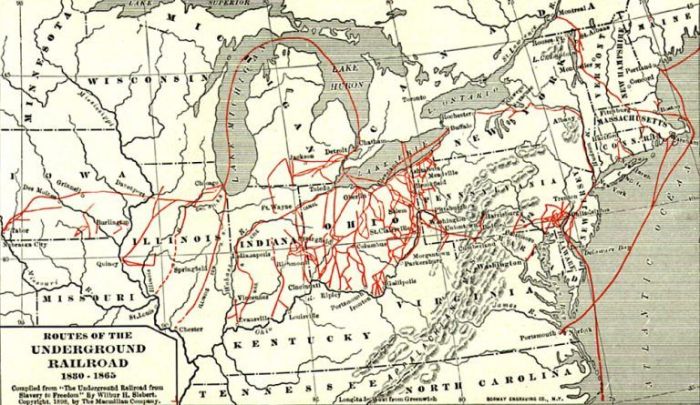
The story of runaway slaves and the laws that governed them is a complex and often tragic one. The Fugitive Slave Acts, while intended to enforce the institution of slavery, ultimately served as a catalyst for resistance and activism. The Underground Railroad, fueled by the bravery of abolitionists and the unwavering determination of enslaved people seeking freedom, played a crucial role in challenging the legal framework of slavery. The fight for freedom and the struggle against oppression ultimately led to the Civil War and the eventual abolition of slavery with the passage of the 13th Amendment. The legacy of these laws and the fight for freedom continues to resonate today, reminding us of the importance of justice, equality, and the enduring human spirit.
FAQ Summary: What Law Helped With Runaway Slaves
What were the key provisions of the Fugitive Slave Acts?
The Fugitive Slave Acts mandated that any escaped slave found in a free state must be returned to their owner. They also imposed penalties on those who aided or harbored runaway slaves, making it a federal crime to assist them. The acts further empowered slave catchers to pursue runaway slaves in free states, even without legal warrants.
How did the Fugitive Slave Acts impact the lives of enslaved people?
The Fugitive Slave Acts created a climate of fear and uncertainty for enslaved people, making the pursuit of freedom a perilous and dangerous undertaking. The threat of capture and forced return to slavery loomed over every step they took, even in free states. These laws also made it extremely difficult for enslaved people to build new lives and establish communities in free territories.
How did the Underground Railroad operate in defiance of the Fugitive Slave Acts?
The Underground Railroad was a network of secret routes and safe houses used by abolitionists to help runaway slaves escape to freedom. It operated in defiance of the Fugitive Slave Acts, providing shelter, food, and guidance to those seeking freedom. The Underground Railroad was a testament to the courage and determination of both enslaved people and their allies in the fight against slavery.

